Hydration Is Key!
How do you know when you’re dehydrated? How do you keep hydrated? Do you mean drinking water? If so, how much water should we drink? These are all very simple questions to which many do not know the answers. Let’s change that.
 Whether you exercise or not, hydration is still an important factor in everyday life. Our body is an intricate matrix of systems that work together so we can function properly. If one of those systems is off, it forces the remaining systems to work harder. It’s like riding a bicycle with a poorly lubricated chain. In order for the bike to progress forward, one would have to pedal harder and faster than if the chain was well lubricated.
Whether you exercise or not, hydration is still an important factor in everyday life. Our body is an intricate matrix of systems that work together so we can function properly. If one of those systems is off, it forces the remaining systems to work harder. It’s like riding a bicycle with a poorly lubricated chain. In order for the bike to progress forward, one would have to pedal harder and faster than if the chain was well lubricated.
Our body depends on water to survive. Every cell, tissue and organ needs water. Without water our body could not remove waste, metabolize food, lubricate joints, maintain its temperature and transport nutrients. Water makes up more than half of our body weight and is the most important nutrient that it uses.
We lose water every day when we sweat, use the restroom and even when we breathe. We lose water at an even faster rate than normal during high temperatures, exercise, sickness, vomiting or have diarrhea. When this happens we become dehydrated.
Have you ever felt so thirsty that when you drank water it was the best thing you ever had? That is most likely due to being dehydrated, meaning the body does not have enough water to function properly. Some signs of dehydration include:
- Extreme thirst
- Headaches
- Muscle cramps
- Darker urine or very little urine
- Rapid pulse
- Dry mouth
- Confusion
- Sleepiness or fatigue
According to Harris Lieberman, Ph.D, if you go 4 – 8 hours without water you are mildly dehydrated (1.5% drop in body weight) and then severely dehydrated if you go approximately 24 hours without water (3% – 4% drop in body weight). In order to get the body back to its normal state after being dehydrated, we have to go through the process of hydration, i.e.replacing the missing water. This can be done by:
- Drinking water and other beverages high in water content such as tea, coffee, lemonade, vegetable juice, fruit juice, milk, etc.
- Eating foods high in water content such as cucumbers, watermelon, green peppers, lettuce, radishes, celery, broccoli, cauliflower, strawberries, tomatoes, spinach, grapefruit, baby carrots and cantaloupe.
- Consuming ice chips.
 But this still leaves one question unanswered: How much water should we drink? There are a variety of responses, but what I always recommend to my Renov8 Fitness members and clients is to drink half of their body weight in ounces of water everyday. For example, if you weigh 140 pounds, you should drink 70 ounces of water a day.
But this still leaves one question unanswered: How much water should we drink? There are a variety of responses, but what I always recommend to my Renov8 Fitness members and clients is to drink half of their body weight in ounces of water everyday. For example, if you weigh 140 pounds, you should drink 70 ounces of water a day.
Increasing water intake abruptly can be a challenge at first. The key is to slowly work your way up to the allotted amount of water each day and eventually your body will compensate. Your body will function properly in everyday life if you stay hydrated!
Reprinted with permission from Renov8 Fitness, LLC.
Heather Binns is a nationally acclaimed fitness expert, wellness educator, certified personal trainer/coach and best-selling author. She loves fitness and has a passion for high-energy and personal fulfillment, and has spent most of her life devoted to helping others achieve their fitness goals.


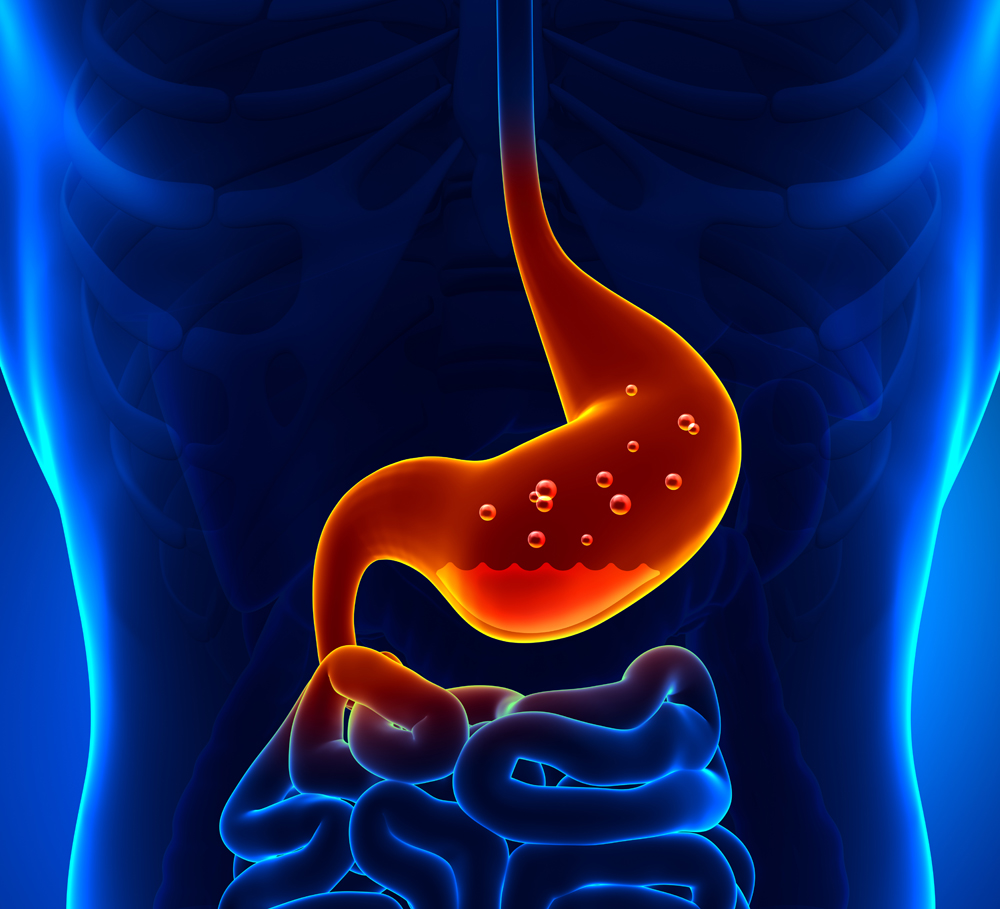
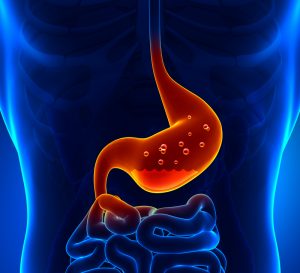 Reports have shown that in the United States,
Reports have shown that in the United States, 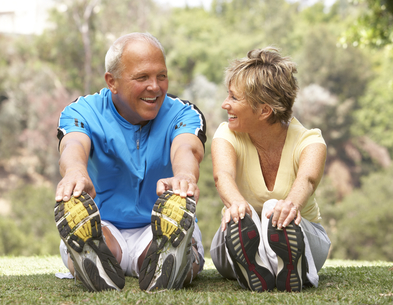
 To understand this, let me give you a very brief intro to oxidative stress. We have all read about the importance of eating our fruits and vegetables to provide much needed antioxidants. This is because we live a life where oxidative stress is in abundance. As exercise is the one and only Rx with no bad side effects, the truth is, we should always say “the right exercise”.
To understand this, let me give you a very brief intro to oxidative stress. We have all read about the importance of eating our fruits and vegetables to provide much needed antioxidants. This is because we live a life where oxidative stress is in abundance. As exercise is the one and only Rx with no bad side effects, the truth is, we should always say “the right exercise”.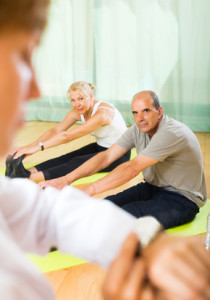 However, with people recovering from
However, with people recovering from 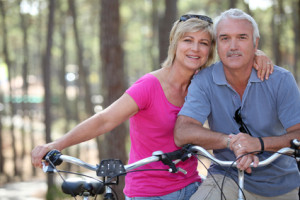 But the most important factor of all is the F factor, FUN. What will we actually, enjoy, embrace, do, and want more. We learn very quickly in the fitness business, “no time” is an excuse. When we know the literally infinite possibilities for physical activity, no time is an excuse, or, a very limited knowledge of what exercise is.
But the most important factor of all is the F factor, FUN. What will we actually, enjoy, embrace, do, and want more. We learn very quickly in the fitness business, “no time” is an excuse. When we know the literally infinite possibilities for physical activity, no time is an excuse, or, a very limited knowledge of what exercise is.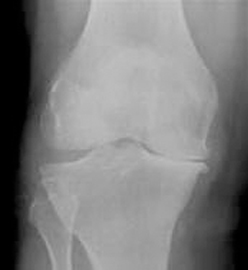
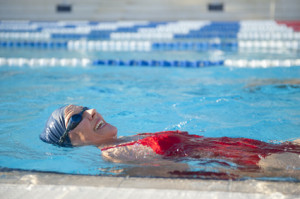 Water exercise
Water exercise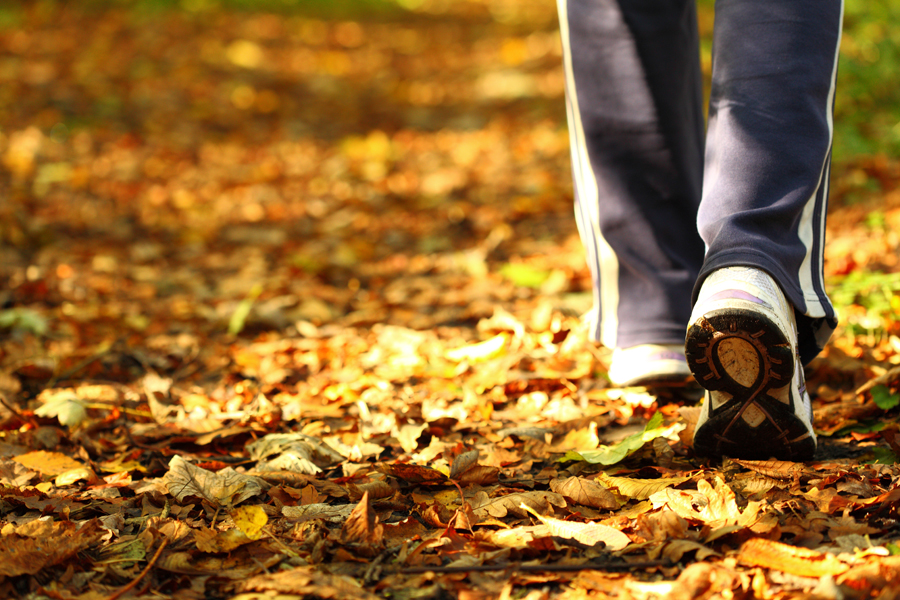

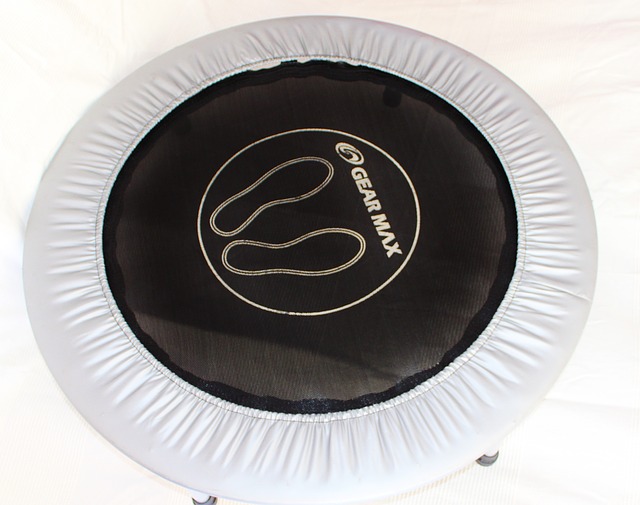

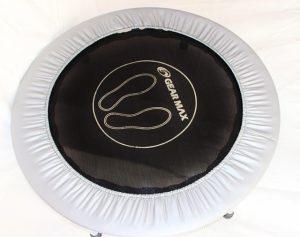 Rebounding increases capacity for respiration
Rebounding increases capacity for respiration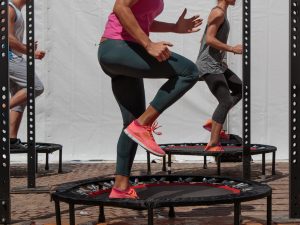 It takes only two minutes of rebounding to flush the entire lymphatic system, while cleansing and strengthening cells and lymph nodes. A further benefit to the body is that during this brief time span the white blood cells of the immune system triple in number and remain elevated for an hour. These specialized cells play a major role in the body’s defense against illness and disease.
It takes only two minutes of rebounding to flush the entire lymphatic system, while cleansing and strengthening cells and lymph nodes. A further benefit to the body is that during this brief time span the white blood cells of the immune system triple in number and remain elevated for an hour. These specialized cells play a major role in the body’s defense against illness and disease.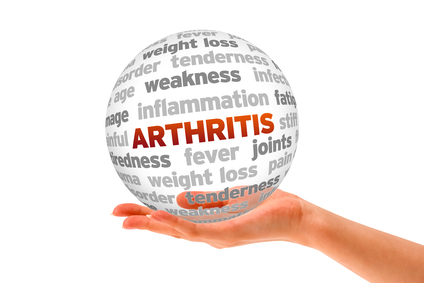
 They are two major forms of arthritis:
They are two major forms of arthritis:  Flexibility: Static stretching and foam rolling may be used as tolerated for the areas of the body that appear to be overactive. These can be performed seated or standing.
Flexibility: Static stretching and foam rolling may be used as tolerated for the areas of the body that appear to be overactive. These can be performed seated or standing.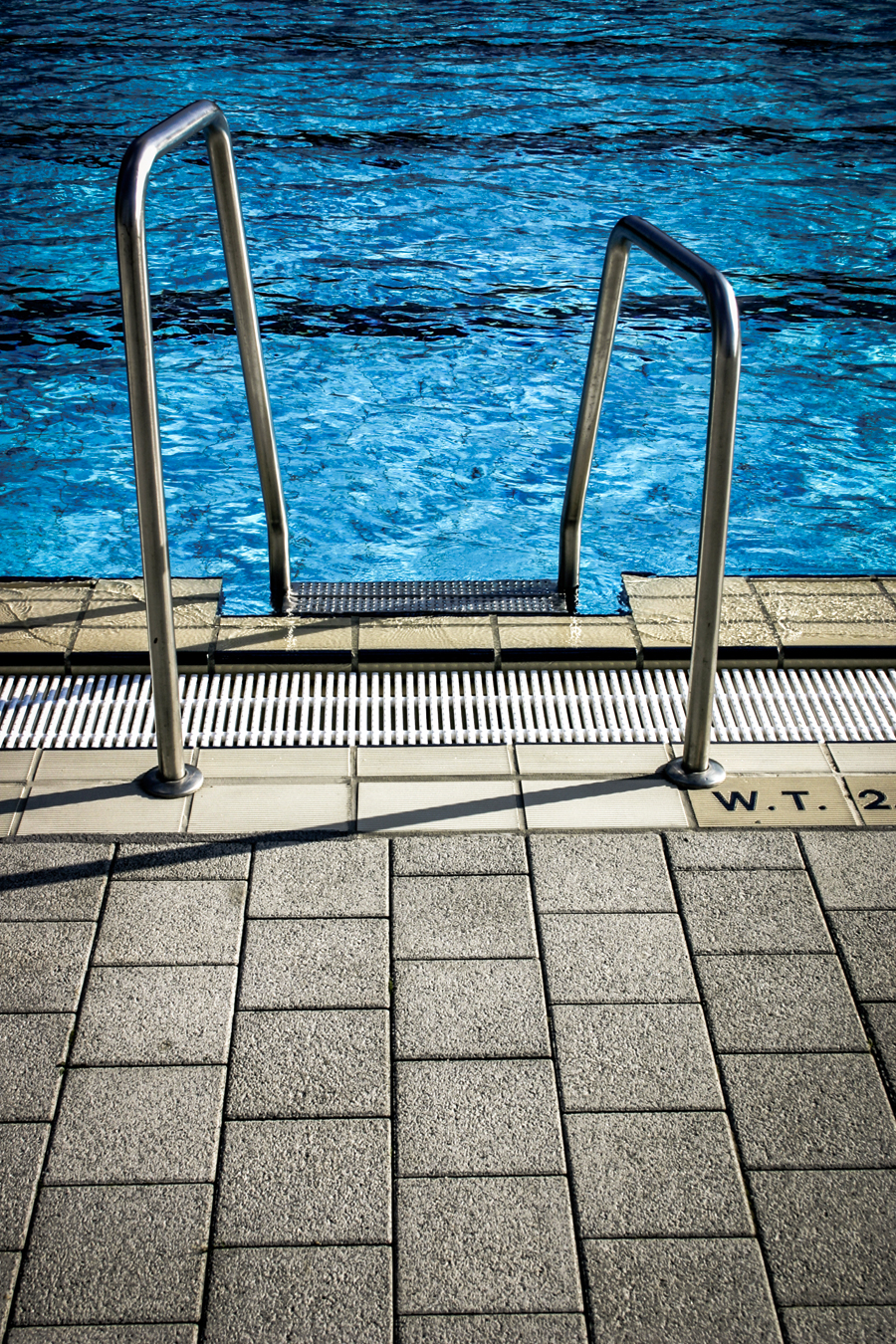
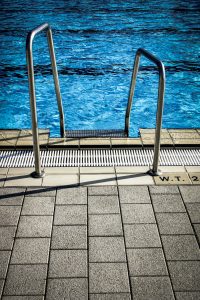 Active rest defined: “Involves performing light exercises that stimulate the recovery process without imposing undue stress on the injured body part.”
Active rest defined: “Involves performing light exercises that stimulate the recovery process without imposing undue stress on the injured body part.”